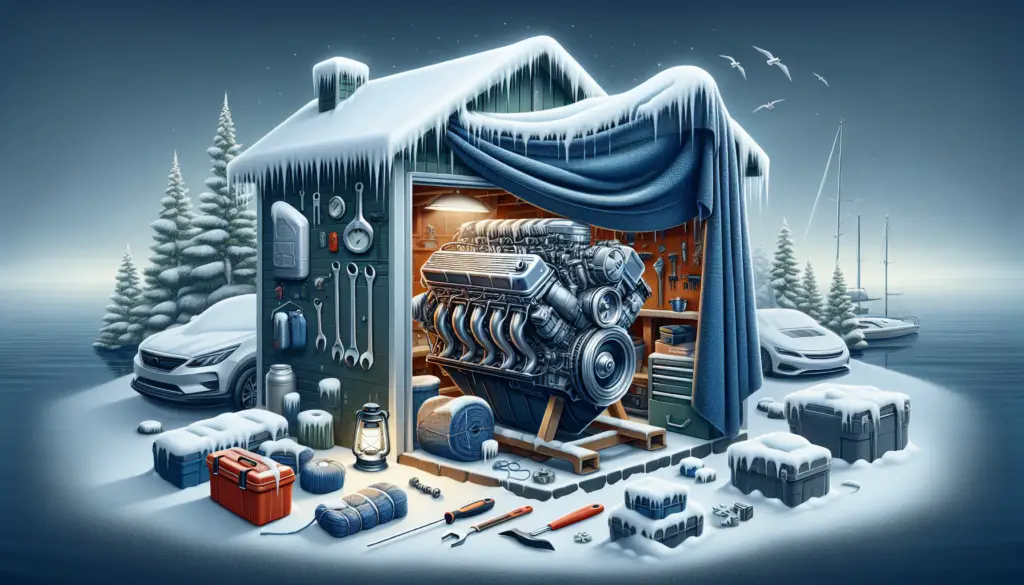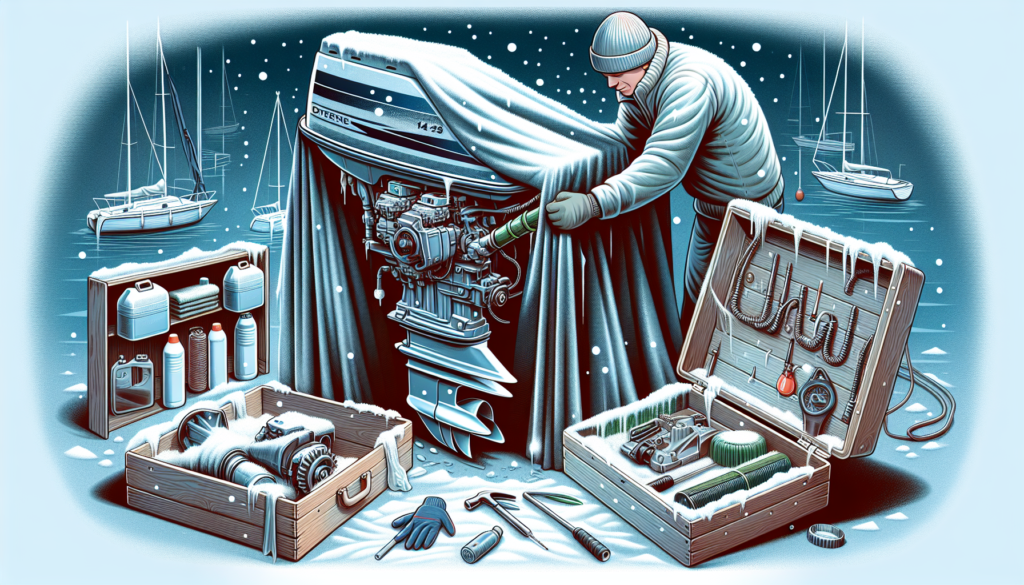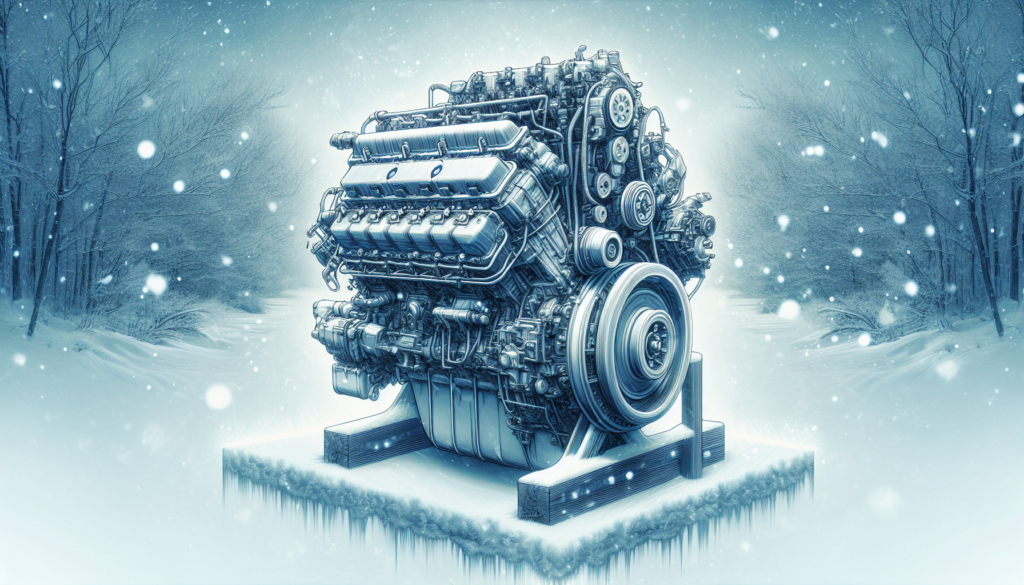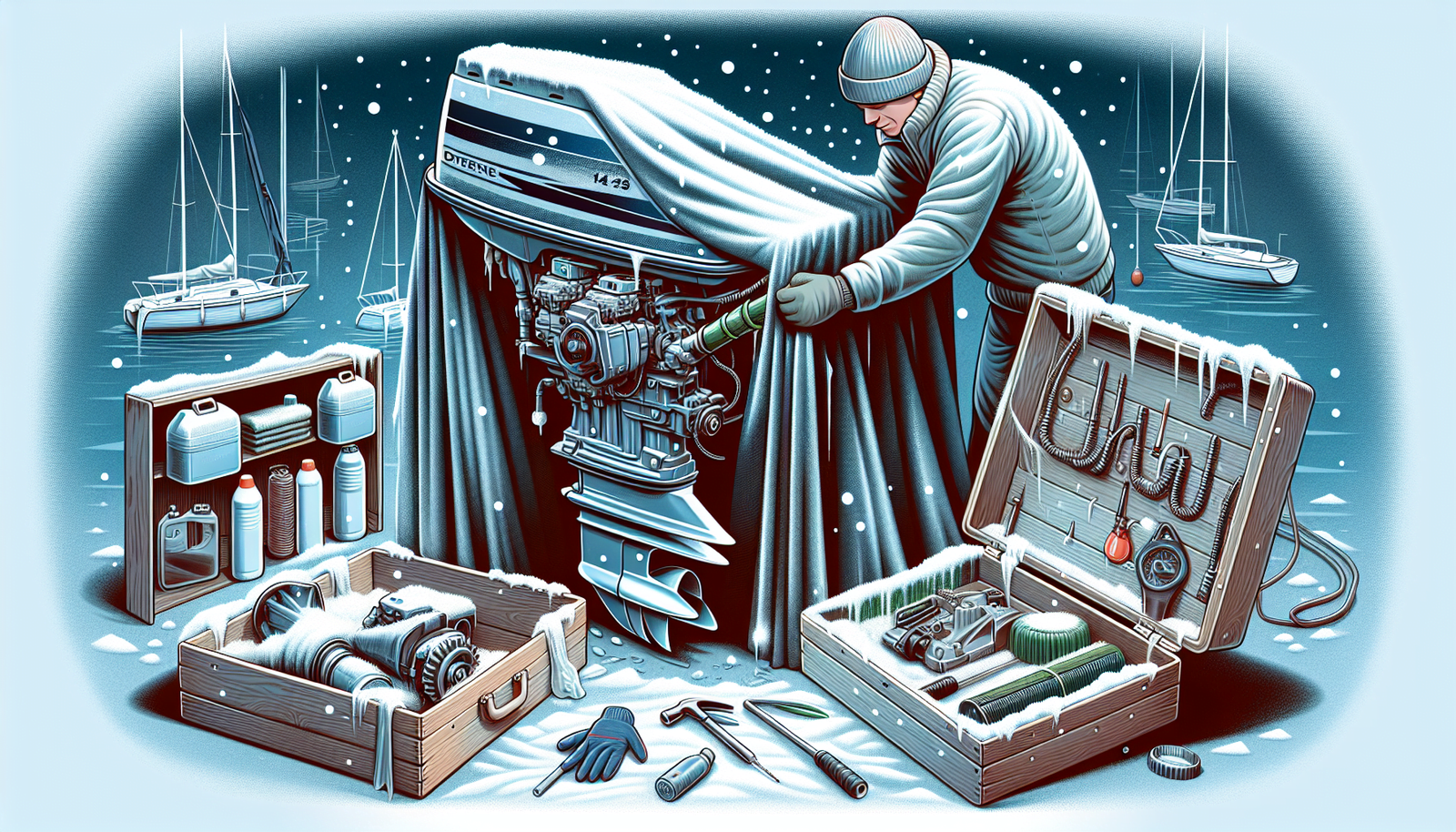As the colder months roll in, one of your pressing concerns might be how to properly store your boat engine for the winter. Navigating the sea of information out there can be overwhelming, but don’t worry, we’ve got you covered. This comprehensive guide will walk you side by side, offering you fool-proof methods and insider tricks, ensuring your boat engine comes out of hibernation in perfect shape and ready to face new adventures. With our expert-approved tips, you’ll be able to protect your investment and save precious time and energy dancing around potential issues.
Understanding the Importance of Winterizing Your Boat Engine
Just like your home needs winter preparations to withstand the freezing temperatures, so does your boat engine. If you want your boat to keep running smoothly come the springtime, taking a few steps to winterize your engine can be a game changer.
Why Suboptimal Storage Can Damage Your Engine
Ignoring proper winter storage can lead to a series of issues that might cost you more than you can foresee. Corrosion, varnish buildup, and piston ring erosion are some of the long-term effects that poor storage could have on your engine. Additionally, rust and cold environment can cause plastic and rubber parts to become brittle, crack, or break.
The Impact of Freezing Temperatures on Boat Engines
Engines are not built to handle freezing conditions, and most are not equipped to withstand freezing temperatures for extended periods of time. An engine exposed to freezing temperatures without proper care can have frozen and subsequently cracked blocks and housing, causing severe damage.
The Consequences of Unmanaged Engine Humidity
Humidity can lead to condensation that can rust out the engine parts, corrode wiring, create a breeding ground for mold, and even degrade engine oil and fuel. By winterizing your boat engine, you can keep your engine pristine and ready for the next boating season.
Preparing the Boat Engine For Storage
Proper preparation is key to an effective winterizing process. It involves cleaning, inspecting, and modifying your boat engine to withstand inactivity and harsh weather.
Compilation of Necessary Tools and Resources
The basic tools you’ll need include anti-freeze, fogging oil, engine oil, oil filters, a wrench, an oil changing pump and engine muffs. Keep all necessary tools at hand, together with the boat’s owner handbook which might contain specific instructions on engine care.
Properly Cleaning the External Parts of the Engine
An external clean-up is key to prevent salt, dirt or marine growth from leading to corrosion over the winter. Use a mild detergent and a soft brush to clean the external parts of your engine, and remember to dry everything thoroughly after cleaning.
Draining the Engine Fluids
Flushing and replacing your engine fluids will prevent them from degrading during winter and causing damage. This step involves draining fuel, oil, and any other fluids present.
Dealing with Fuel and Additives
Top off your tank with a good quality marine gasoline. This is helpful to prevent moisture accumulation in the tank. Adding a fuel stabilizer slows fuel degradation and prevents formation of gum and varnish.

Basic Inspection and Maintenance
Once the boat engine is ready for storage, performing a basic inspection and maintenance routine can prevent unexpected springtime repairs.
Checking Engine for Leaks or Damage
Inspect the engine thoroughly for any signs of leaks, corrosion, or other damages. Also pay detailed attention to belts and hoses, as they can become brittle over time and crack.
Replacing Worn Out Parts
Replace any worn-out parts now to save yourself trouble later. This includes spark plugs, filters, belts, and hoses.
Inspecting Seals and Gaskets
Seals and gaskets can crack or warp with time. Inspect them for any visible damages and replace if necessary.
Ensuring Internal Engine Cleanliness
Fogging oil can help protect the inside of your engine. Spraying it into the carburetor and spark plug holes will coat the interior surfaces and prevent rust.
Applying Fogging Oil in Engine
This process can help to further protection against moisture buildup and corrosion during storage.
What is Fogging Oil and Why It’s Important
Fogging oil is a heavy, petroleum-based that is used to protect the internal components of engine during prolonged periods of inactivity. It protects and preserves these parts from corrosion and lubricates the cylinders, pistons and other components.
How to Properly Spray Fogging Oil
Start the engine and spray the fogging oil into the carburetor until the engine starts to stall, then stop. Remove the spark plugs and spray the fogging oil into the holes.
Avoiding Common Pitfalls While Using Fogging Oil
Remember not to spray the fogging oil for too long as it might flood your engine. Always follow the manufacturer’s instructions while using fogging oil.

Changing Engine Oil and Filter
This is another critical aspect to consider in the winterizing process of your boat engine.
Why Fresh Oil is Essential for Storage
Old engine oil contains dirt particles and contaminants that can corrode engine parts during the storage period. Fresh oil, on the other hand, provides a protective coat and prevents rust from developing.
Steps to Change the Engine Oil
Warm up the engine to bring all dirt particles into suspension, then turn it off. Use the oil changing pump to remove old oil. Once the old oil is drained, replace the oil filter and refill with fresh oil.
Proper Disposure of Used Engine Oil
Used engine oil is hazardous and should not be dumped onto the ground or into the water. The best option is to take it to a recycling center or auto parts store.
Draining the Cooling System and Applying Antifreeze
This is a crucial step as it helps protect your boat engine from freezing water.
Problems Associated with Not Draining the Cooling System
Neglecting to drain this system can cause trapped water to freeze and expand which might crack the engine block or manifold, leading to expensive repairs.
How to Drain the Cooling System Effectively
You can do this by removing any plugs or drains that lead to the water jacket of the engine. Ensure all the water completely drains out before applying antifreeze.
Types and Importance of Antifreeze
Antifreeze helps protect engine components from the freezing winter temperatures. Choose an antifreeze specifically made for marine engines, as automotive antifreeze may have additives harmful to marine life.

Remove the Batteries
To ensure your battery is in good shape come spring, it’s best to remove it for the winter.
The Dangers of Leaving the Battery Inside the Boat
If left inside, batteries can discharge or freeze, causing irreparable damage.
Steps to Removing the Battery Safely
First, remove the negative cable following with the positive one. Clean the battery and terminals using a brush and a mix of baking soda and water to remove any corrosion.
Storing the Battery in an Optimal Environment
Store the battery in a cool, dry place. Placing it on a trickle charger will help maintain its charge over winter.
Covering the Engine and Boat Properly
Covers protect your boat from snow, ice, and debris over winter.
The Role of Engine Covers and Boat Tarps
Engine covers protect the engine from external elements. Boat tarps prevent winter weather from causing wear and tear on the boat’s exterior.
How to Cover the Engine and Boat Correctly
Ensure the cover is snug and secure – it should not allow water to pool or wind to blow it off. The cover should also be breathable to prevent condensation buildup.
Important Factors to Consider When Covering the Boat
Consider factors like the cover’s durability, water resistance, and UV protection. Make sure it fits securely around your boat and doesn’t have any tears or weak points.

Choosing the Right Storage Location
A crucial decision for preserving your boat’s condition throughout winter is choosing a proper storage location.
Considering Indoor and Outdoor Storage
Indoor storage can protect your boat from severe weather conditions but might be costlier. You can opt for outdoor storage if you’re on a budget and willing to invest in a durable cover for your boat.
Environmental Factors to Consider
Consider factors like the direction and speed of wind, likelihood of flooding, and how much sunlight the location receives.
Protecting Your Boat Engine from External Damages
If opting for outdoor storage, ensure your boat, especially the engine, is protected from animals and pests. Using mothballs or rodent traps around your storage area can be a lifesaver.
Restarting the Engine After Winter Storage
After winter, getting your boat engine up and running is a meticulous process.
Pre-checks Before Restarting
Check the boat and the engine for signs of damages. Replace the battery, and switch it on.
Steps to Safely Startup the Engine
Ensure that there is adequate water flow before starting your engine. Start the engine and let it run for a while to circulate the new oil.
Early Detection of Potential Damages or Changes During Winter Storage
Check for any unusual sounds from the engine. If something doesn’t seem right, it’s best to call a professional to prevent further damage.
Winterizing your boat engine is a crucial part of your boat maintenance routine. Properly preparing your engine for winter storage will not only save you money on repairs, but it will also ensure that your boat is ready to go when the warmer weather arrives.


[…] temperatures can affect your stored fuel, the ideal temperature range for storage, and how to maintain an optimal temperature for your fuel storage […]